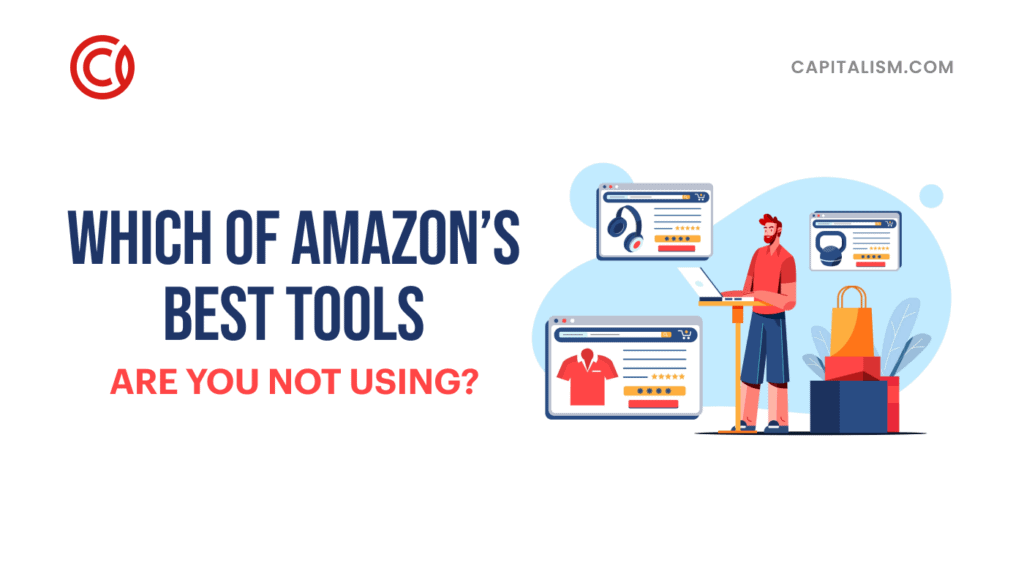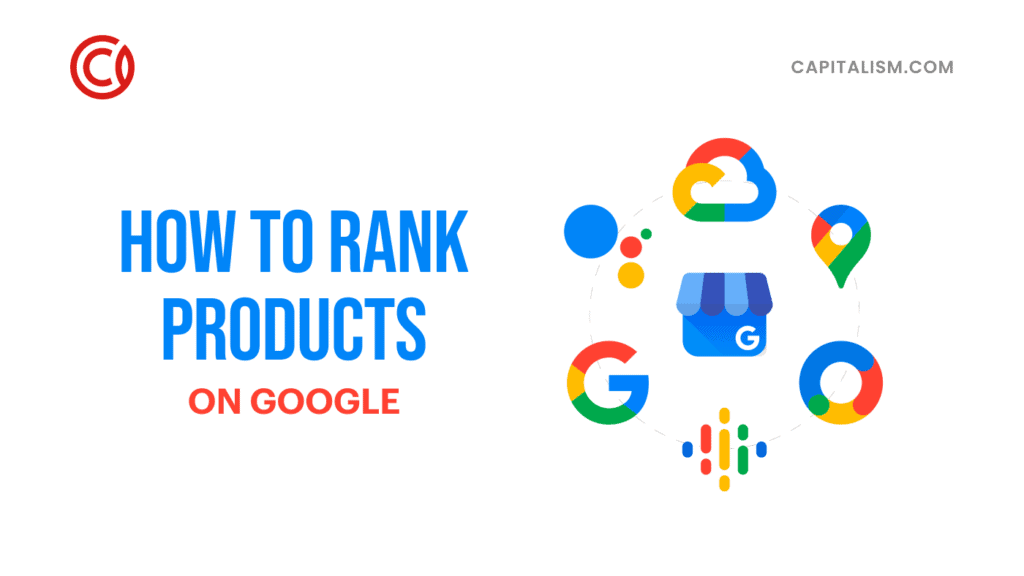Building your own business can offer amazing benefits, like a flexible schedule and financial freedom. Starting your own business can also be incredibly rewarding. CEO of Whole Foods John Mackey says that businesses is the only system in the world that drives value and growth.
However, the perks of starting a business is only the tip of the skyscraper. And every skyscraper starts with a solid foundation. Before you even start your business, you should learn how to write a business plan.
What is a Business Plan and Why Do You Need It?
A business plan helps to transform your lofty goals into a practical plan. Simply put: your business plan helps you launch your business.
Think of your business plan as a roadmap. If you’re planning a cross-country road trip, you’ll want to plan in advance where you’ll be stopping for food and rest. Similarly, a business plan ensures you are hitting the right milestones when starting your business.
Also, a business plan will be required if you intend to apply for a business loan. Lenders want to see that you’re prepared before they invest in your business. Your business plan helps to ensure that you have a game plan to repay the loan.
So how do you write a business plan?
According to the U.S. Small Business Administration, the average business plan is about 30-50 pages. Within those pages, you’ll want to cover (at least) the following points:
Executive Summary
Think of your executive summary as a quick preview of your business plan. Within this section, you should be covering:
Market Analysis
Before starting your business, you should always conduct a market analysis. You want to confirm that there’s a space and need for your product or service within your target market. Also, a market analysis shows lenders that you’re serious and that you’ve done your homework.
Within your market analysis, you want to dive into:
Industry Outlook
Are you entering an industry that is thriving or declining? Research the latest news within your industry to learn what’s affecting it. Also, consider how technology can disrupt your industry within the next five years. You might learn that it would serve your business better to research another market.
Market Size
Are entering a market that is large or are you chasing choosing a small niche market? If you can’t decide, Ryan Moran has a tip for you: chase big markets. Choosing a big market ensures that there are paying customers waiting for you.
Target Customer
Before you decide what product or service to sell, decide to whom you want to sell. Get specific about who your target customer. Consider creating a customer persona that includes the following demographics:
Knowing your customer’s background is useful when identifying their pain points and desires. This information allows you to customize the perfect product or service for your target customer.
Competition
Who are the big players within this market? How are their businesses performing? With fierce competition, you’ll need to do intense research on how you can squeeze into such a competitive market.

Choose Business Structure
Deciding how your business will be structured will help you stay organized. Are you starting a business with a handful of employees? Or do you expect to create a booming business that will rapidly grow to accommodate a larger staff?
A good idea is to create an organizational chart that outlines your business hierarchy. This will help you (and lenders) understand who is running the different branches within your business.
Also, you want to cover the legal structure of your business within this section. Typically, there are three main legal structures you’ll want to choose for your business:
Sole Proprietorship
This is typical of many one-person businesses, like freelancers. Your personal and business finances go into the same pool when filing your taxes. This structure offers no personal liability protections.
Limited Liability Company (LLC)
If you want to form an LLC, you’ll need to file the articles of organization when registering your business with the state. Unlike a sole proprietorship, you’ll want to separate your personal and business finances. LLCs avoid double taxation because they’re taxed as pass-through entities (the LLC itself will not be taxed). Also, forming an LLC offers some personal liability protections.
Corporation
If you want to form a corporation, you’ll need to file the articles of incorporation when registering your business with the state. Like LLCs, corporations enjoy some personal liability protections. However, corporations tend to be a more complex business structures than LLCs and involve more legal paperwork. However, if you expect your business to scale and attract investors, forming a corporation may be a good decision for your business.
Product and Marketing
This section is where you will be describing your product or service and how you will market your business.
Your Product or Service
What exactly is your business offering? Describe whether you are selling a physical product or if you will be selling a service.
Referencing back to your market analysis, explain how your target customer will benefit from what your business offers. Make clear connections on how your business addresses your target customer’s pain points.
Also, If you’re selling a product, describe what stage you’re in. Are you still in research and development with your product? Is your final product ready? Or are you looking to expand your existing business by launching more products?
Another point to address is sourcing and fulfillment. List which vendors you are currently using and which you expect to use. Clearly laying these out with help you (and the lender) understand the entire process between creating your product or service and delivering it.
Marketing Your Business
If you want to grow your businesses to six figures and beyond, you’ll need to embrace marketing. In this video, Ryan Daniel Moran discusses how to start a business and hit ten million dollars in just two years.
While there are several factors that encourage this rapid growth, one factor is... you guessed it: marketing. Marketing is all about how you can get people to buy your product.
If you’ve chosen a big market with tons of buyers and competition, marketing your product becomes even more essential. You must use branding to encourage people to choose your business over the competition. How can you brand yourself differently from your competitors that are already selling a similar type of product?
Building an audience is essential to your marketing strategy. How can you build a loyal customer base that will buy whatever you put on the shelves for them? Here are some tips you can implement:
Secure Startup Funding and Manage Your Business Finances
Capital is what keeps your business afloat and running. In this section, you’ll cover startup funding and managing your business financials.
Startup Funding
If you’re writing a business plan to get approved for a business loan, you’ll need to firmly state your funding requirements. Some questions you’ll want to answer in this section include:
Business Finances
Many people need to write a business plan without any financial data from your company. If this is your first entrepreneurial venture, you’ll want to rely on your market analysis. Here are some points to address in this section:
Within this section, you’ll also want to complete and compile a couple of documents, like a projected income sheet and an expenditure budget. An expenditure budget can help you understand all the costs involved in starting and maintaining your business.
Additional Tips
Writing a business plan can be incredibly time-consuming. However, it’s an important step that you should be dedicating time and resources. Here are a couple of tips to improve the process for you:
Consider Business Plan Software
There are several steps involved in writing your business plan. Using business plan software can simplify the process for you. Business plan software walks you through the process of writing a business plan. This ensures that your business plan is comprehensive and that you don't neglect any key information.
Tackle One Section at a Time
Reading all the different sections of a business plan can feel overwhelming. Some sections you’ll breeze through but other sections will require more time, like your market analysis. Do your best to focus on one section at a time, rather than scattering your focus and efforts.
Include Visual Aids
Lenders can get easily bored if they’re reading 50 pages of text. Use charts and graphs to break up the monotony. Visual aids can help convey your data in a compelling way. They come especially in handy when writing your market analysis and income projections.
Use Compelling Language
Don’t think that copy is reserved just for your marketing strategy. Adding compelling language can make your business plan come alive. Instead of saying you have “a good business idea,” describe how you’ve created a revolutionizing product. Or why say “fills a need in the marketplace” when “your product soothes X customer’s pain points” sounds more enticing? Lively language can maintain the lender’s interest when reading through your lengthy business plan.
How to Write a Business Plan: It’s Tough But It Will Reward You in the Long Run
Writing a business plan can feel tedious but it will help you avoid costly errors in the future. Learning how to write a business plan equips your entrepreneurial spirit with the tools needed to build a business. Also, it sets your business up for celebration-worthy achievements like launching your first product or hitting your first million dollar milestone. Patience and dedication to the grind will carry you, but your business plan will be your guide.










